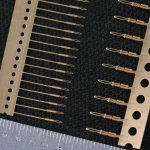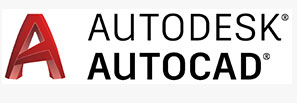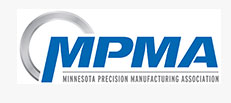 As opposed to regular stamping parts, high speed precision metal stamping parts are more complex in terms of shape, strength and rigidity. The applications of precision metal stamping include but aren’t limited to instruments, electrical appliances, measuring equipment and tools, computers, telecommunications equipment and many more such items. Here are a few methods of inspecting precision metal stamping parts.
As opposed to regular stamping parts, high speed precision metal stamping parts are more complex in terms of shape, strength and rigidity. The applications of precision metal stamping include but aren’t limited to instruments, electrical appliances, measuring equipment and tools, computers, telecommunications equipment and many more such items. Here are a few methods of inspecting precision metal stamping parts.
Visual Inspection
Visual inspection is the way to detect abnormalities of the parts and macro defects such as burr, uneven surface and irregular contours.
Touching Inspection
The first thing the touching inspector does is to wipe the surface to be examined with a clean cloth. Then, the inspector puts on gloves and touches the surface of the stamping covers. If needed, the inspector grinds the surface for a better inspection of certain regions. This inspection method is fast and effective.
Oil Test
The first step of this procedure is to wipe the surface of the stamping covers with a clean cloth. The second step is to apply oil onto the entire surface. Next, the inspector can proceed to testing the glare of oiled surfaces. Small pits, dents and other flaws will become obvious.
Whetstone Grinding
To start with, use a clean gauze to wipe the surface to be inspected. Then, polish the area for inspection with the greatest possible care. While grinding, always move along the longitudinal direction. If needed, you can use horizontal grinding on small areas. The grain size depends on the condition of the surface. It’s best to use a finer whetstone whenever possible. The choice belongs to the technician or engineer in charge with the inspection process.
Precision Measuring Equipment
There are special measuring tools and equipment that can help inspecting precision stamping parts. Such tools include calipers, micrometers, gauge blocks, hardness testers, automatic measuring machines, height measuring machines, tension meters, and quadratic elements. The inspection of precision metal stamping parts may also require that all measurements are performed in a temperature-controlled environment.
These are the basics of precision stamping inspection process. Depending on the shape and the size of the parts to be inspected, the technician can pick a specific method to ensure that the parts fall within the acceptable tolerance limits. Enforcing such quality assurance checks and processes is the only way you can ensure that the end products will be fully compliant with the quality standards imposed by local laws and regulations.





